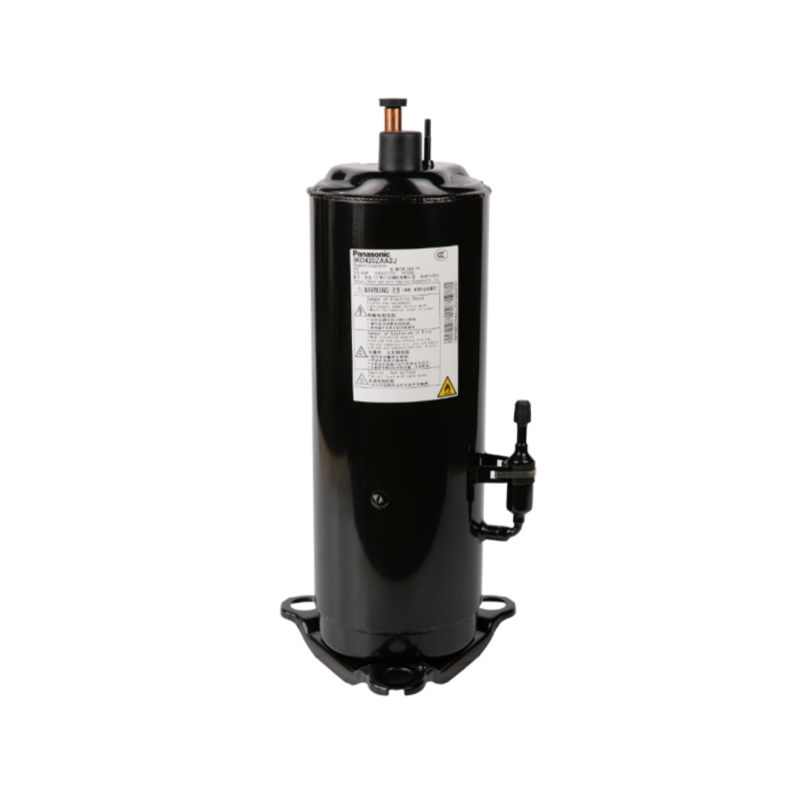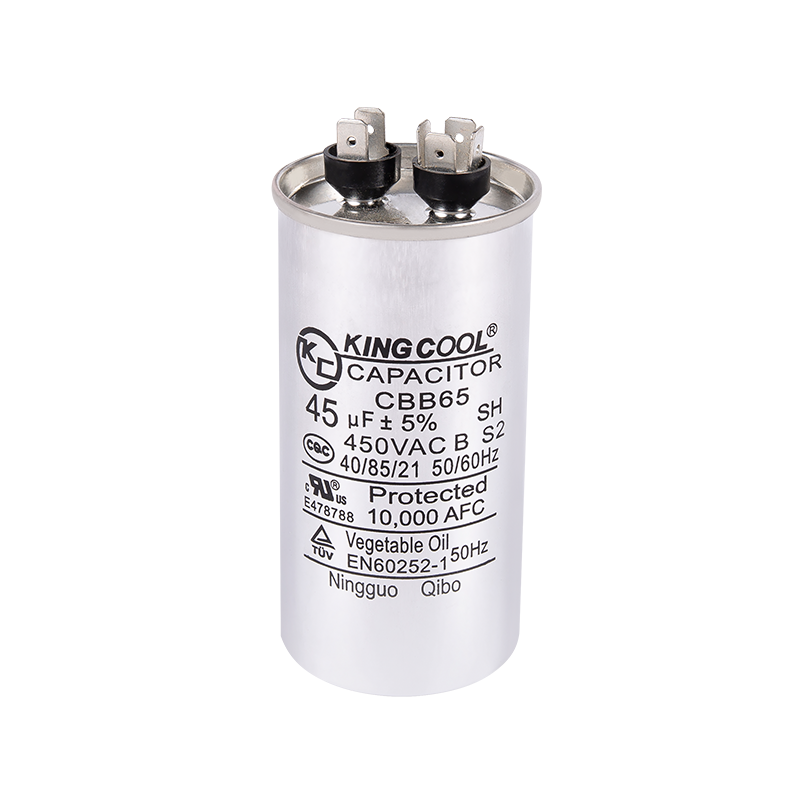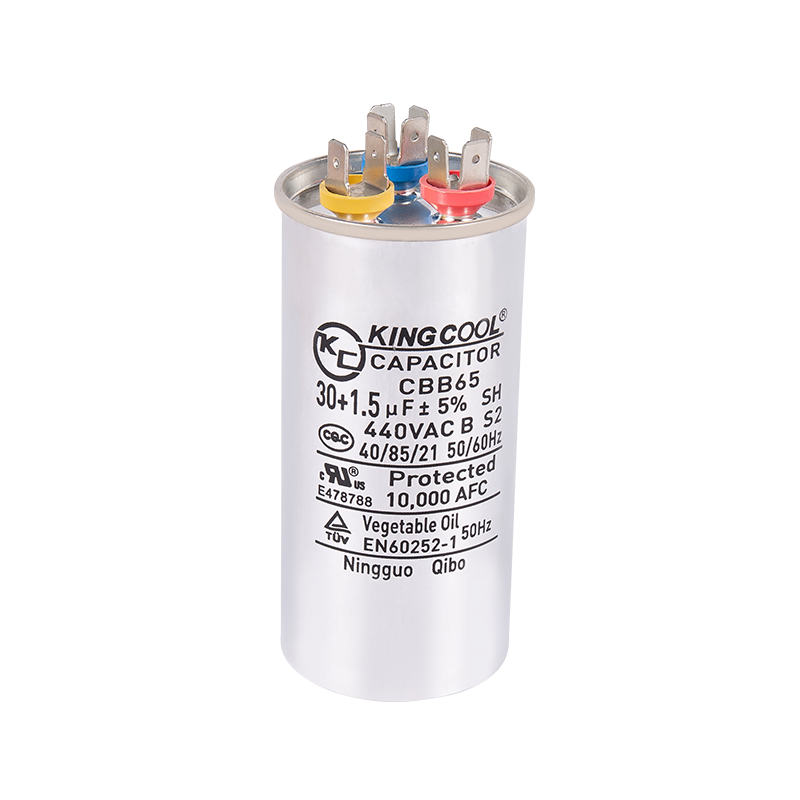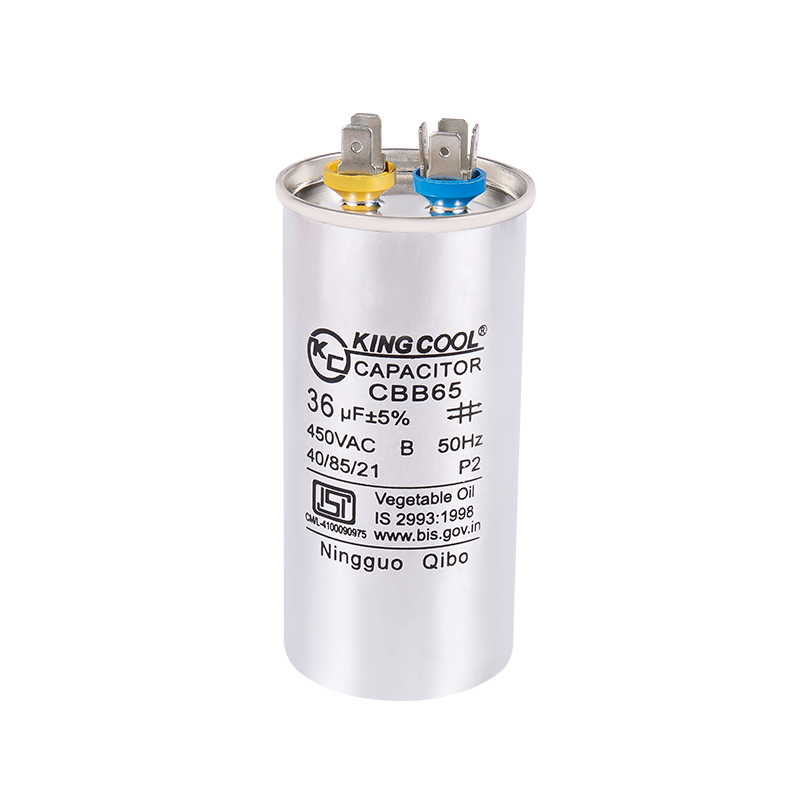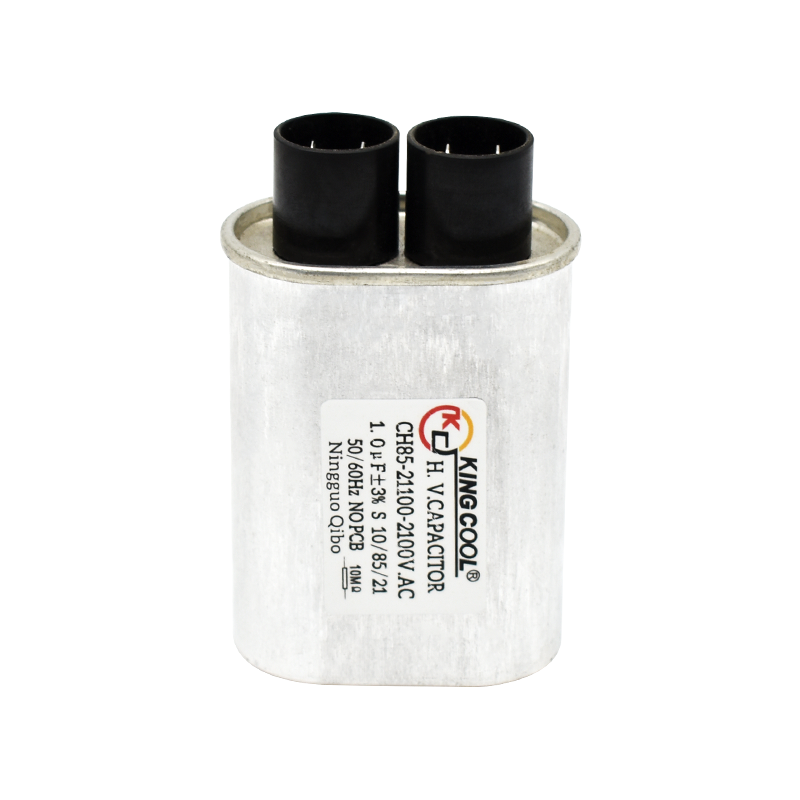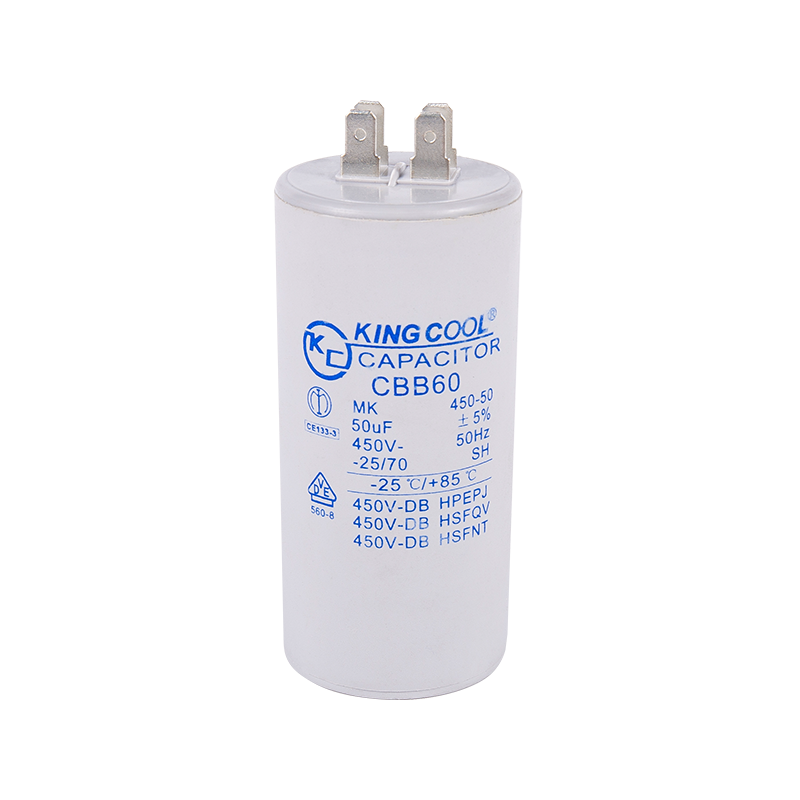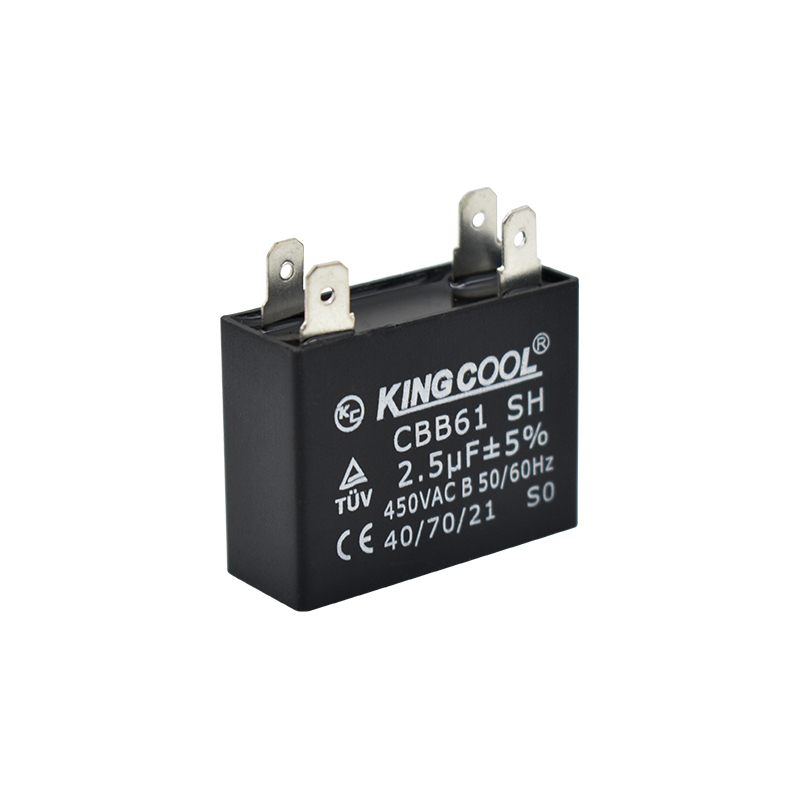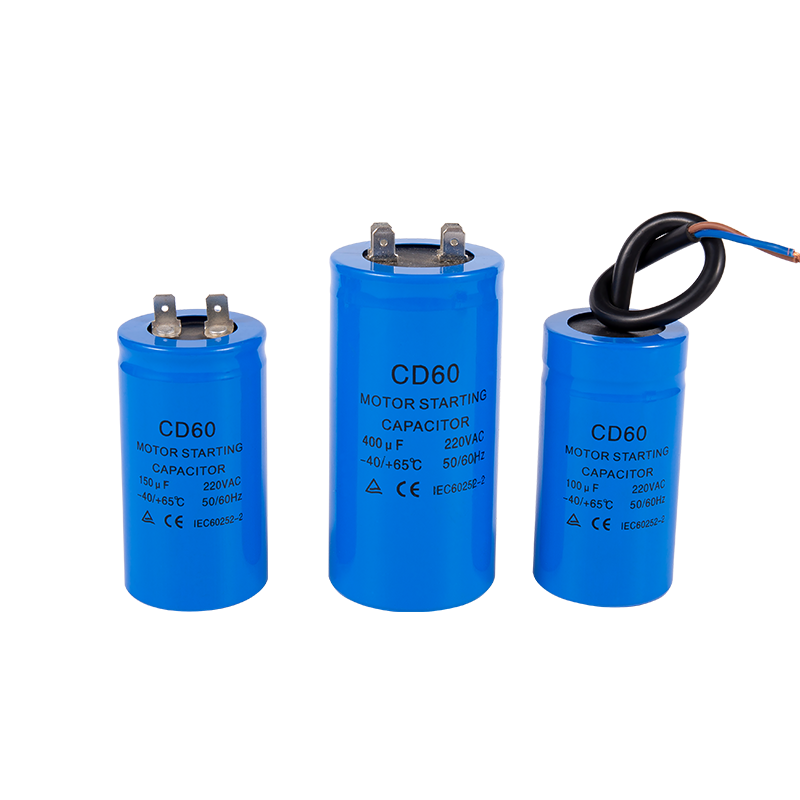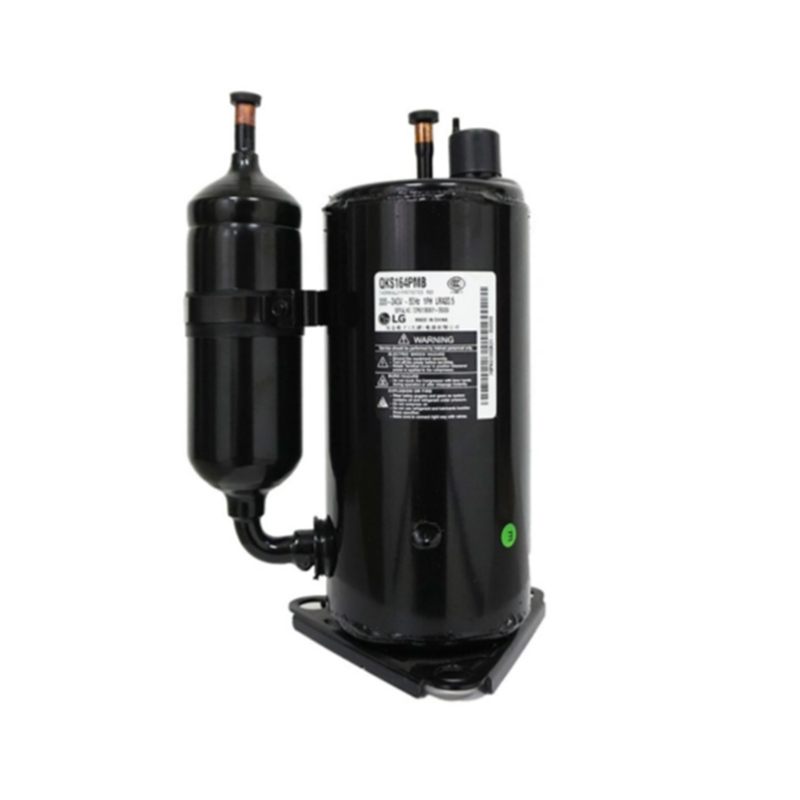- Home
- About Us
- Product
- Capacitor
- Air-Conditioner Parts
- Compressor
- Universal A/C Control System & Remote
- Temperature Controller
- Contactor & Transformer
- Relay & Overload & Delay Timer
- Indoor And Outdoor Air Conditioning Motor
- Defrost Timer
- Thermostat Guard
- Select Switch
- Fan Blade
- Air Conditioner Bracket
- A/C Flow Deflector & A/C Service Bag
- High Pressure Washer
- Charging Valve & Capillary & Wave Tube
- All A/C Brands Sensor
- Insulation tuber
- Refrigerator Parts
- Refrigeration Parts
- Axial Fan
- Microcomputer Temperature Control
- Voltage Protector
- Vacuum Pump & Refrigerant Recovery Unit & Scale
- Brass & Copper Fitting
- Installation Material
- PVC Air Curtain
- Condensate Drain Pump
- Refrigerant
- Copper Tube
- Filter Drier & Oil Separator For Refrigeration System
- Vibration Absorber
- Control Valve & Fitting & Component
- Manifold Gauge
- Thermometer
- Air Curtain
- Condenser Unit
- Condensing Unit
- AC Cooling Fan
- Refrigerant Leak Detector
- Latch & Hinge
- Washing Machine Parts
- Home Appliances Parts
- Instruments&Tools
- Resources
- News
- Contact Us
Web Menu
- Home
- About Us
- Product
- Capacitor
- Air-Conditioner Parts
- Compressor
- Universal A/C Control System & Remote
- Temperature Controller
- Contactor & Transformer
- Relay & Overload & Delay Timer
- Indoor And Outdoor Air Conditioning Motor
- Defrost Timer
- Thermostat Guard
- Select Switch
- Fan Blade
- Air Conditioner Bracket
- A/C Flow Deflector & A/C Service Bag
- High Pressure Washer
- Charging Valve & Capillary & Wave Tube
- All A/C Brands Sensor
- Insulation tuber
- Refrigerator Parts
- Refrigeration Parts
- Axial Fan
- Microcomputer Temperature Control
- Voltage Protector
- Vacuum Pump & Refrigerant Recovery Unit & Scale
- Brass & Copper Fitting
- Installation Material
- PVC Air Curtain
- Condensate Drain Pump
- Refrigerant
- Copper Tube
- Filter Drier & Oil Separator For Refrigeration System
- Vibration Absorber
- Control Valve & Fitting & Component
- Manifold Gauge
- Thermometer
- Air Curtain
- Condenser Unit
- Condensing Unit
- AC Cooling Fan
- Refrigerant Leak Detector
- Latch & Hinge
- Washing Machine Parts
- Home Appliances Parts
- Instruments&Tools
- Resources
- News
- Contact Us
Product Search
Exit Menu

Compressor For Air Conditioner: Key Issues and Solutions
Posted by Admin | 01 Jun
Content
The compressor for air conditioner is the heart of your cooling system, responsible for circulating refrigerant and maintaining optimal performance. When it fails, your entire AC unit can stop working, leading to discomfort and costly repairs. In this article, we'll explore common compressor-related issues, including AC compressor replacement cost, signs your air conditioner compressor is not working, and how to fix an AC compressor.
PANASONIC Compressor For Air Conditioner
1. AC Compressor Replacement Cost: What to Expect
Replacing an AC compressor is one of the most expensive repairs for an air conditioning system. The average cost ranges between $800 and $3,000, depending on factors such as:
Type of Compressor (reciprocating, scroll, or rotary)
AC Unit Size (tonnage capacity)
Labor Costs (varies by location and HVAC technician rates)
Warranty Coverage (some manufacturers cover parts but not labor)
Why Is It So Expensive?
The compressor is a critical component, often requiring specialized installation.
Refrigerant recharge may be needed, adding to the cost.
If the compressor fails due to other system issues (like a refrigerant leak), additional repairs may be necessary.
Pro Tip: If your AC is over 10 years old, replacing the entire unit might be more cost-effective than just the compressor.
2. Air Conditioner Compressor Not Working: Warning Signs
A failing compressor can lead to a complete system breakdown. Watch for these symptoms:
Common Signs of a Bad AC Compressor:
Warm Air Blowing from Vents – Indicates the compressor isn't circulating refrigerant properly.
Loud Noises (Grinding, Rattling, or Squealing) – Suggests internal mechanical failure.
AC Tripping Circuit Breaker – A failing compressor may draw too much power.
Hard-Starting or Short Cycling – The compressor struggles to turn on or shuts off too quickly.
High Energy Bills – A struggling compressor works harder, increasing power consumption.
What Causes Compressor Failure?
Refrigerant Leaks – Low refrigerant levels cause overheating.
Electrical Issues – Faulty wiring or capacitor problems can damage the compressor.
Dirty Coils or Poor Maintenance – Lack of lubrication or debris buildup strains the system.
3. How to Fix AC Compressor: DIY Checks vs. Professional Repair
While some minor issues can be addressed at home, compressor repairs often require professional help.
DIY Troubleshooting Steps:
Check the Thermostat – Ensure it's set to "cool" and the temperature is low enough.
Inspect the Circuit Breaker – Reset it if the AC isn't turning on.
Clean the Condenser Unit – Remove debris blocking airflow.
Listen for Unusual Noises – If the compressor is humming but not starting, the capacitor may be faulty (replaceable by a technician).
When to Call a Professional:
If the compressor is completely dead.
If there's a refrigerant leak (handling refrigerant requires EPA certification).
If the system keeps tripping the breaker (could indicate an electrical fault).
Note: Attempting to repair a compressor without proper training can void warranties or cause further damage.
Efficient charging, stable output, capacitor, thefirst choice for electric drive.
- Address: North Side of Meicun RD Helixi Economic and Technological Development Zone Ningguo, Anhui, China
- Phone/WhatsApp: +86-18110862602
- Email: [email protected]
If you have anything to consult, you canfollow us, we will contact you as soon aspossible
Copyright © Ningguo Kingcool Import and Export Co., Ltd. All Rights Reserved. Custom HVAC Parts & Accessories Suppliers

 English
English Français
Français Español
Español عربى
عربى







